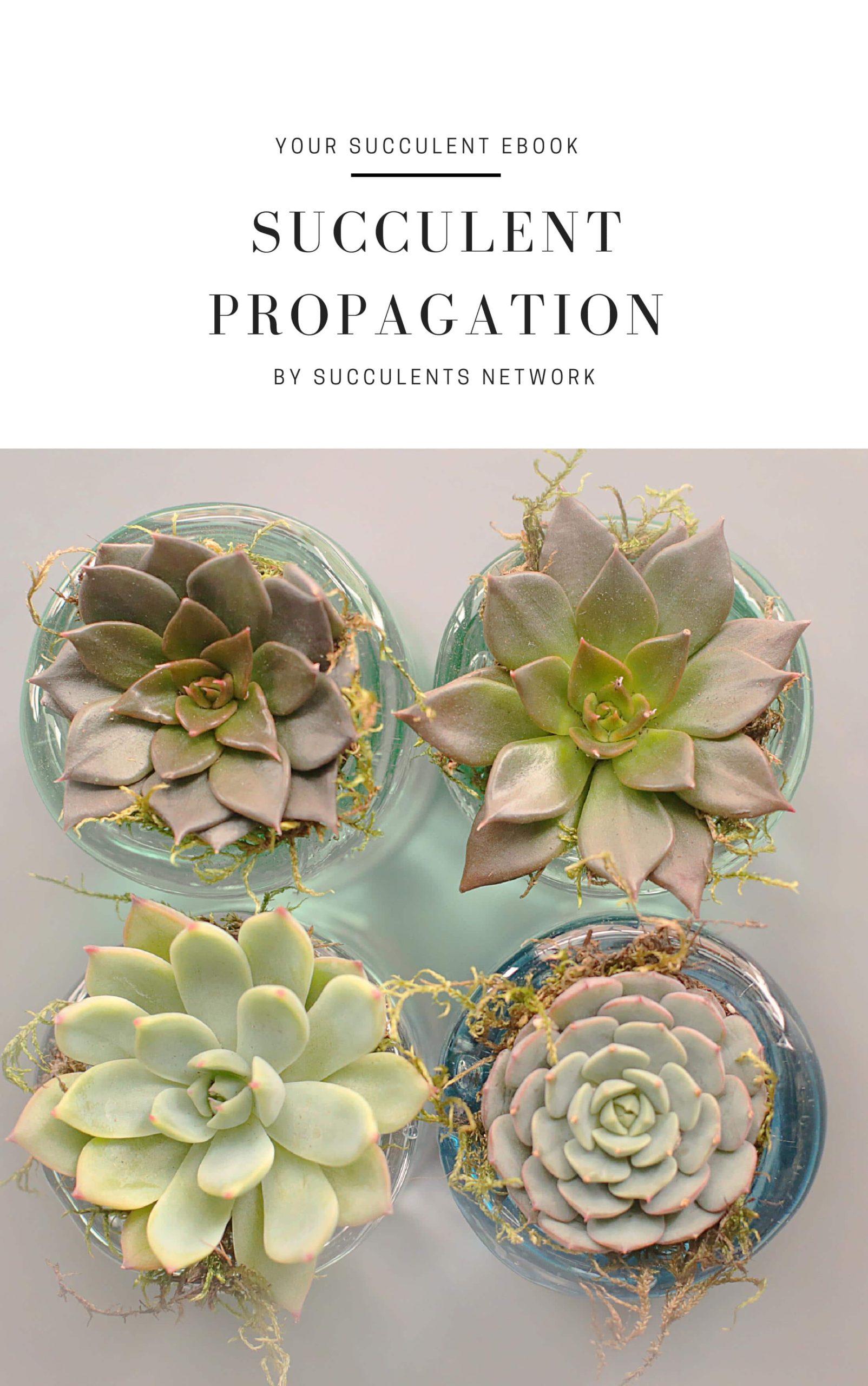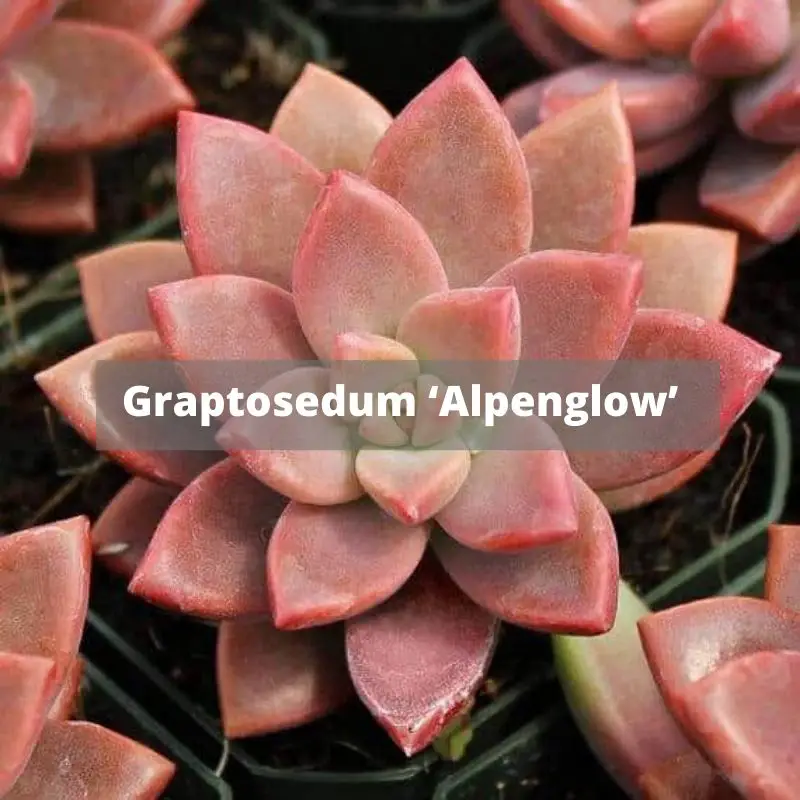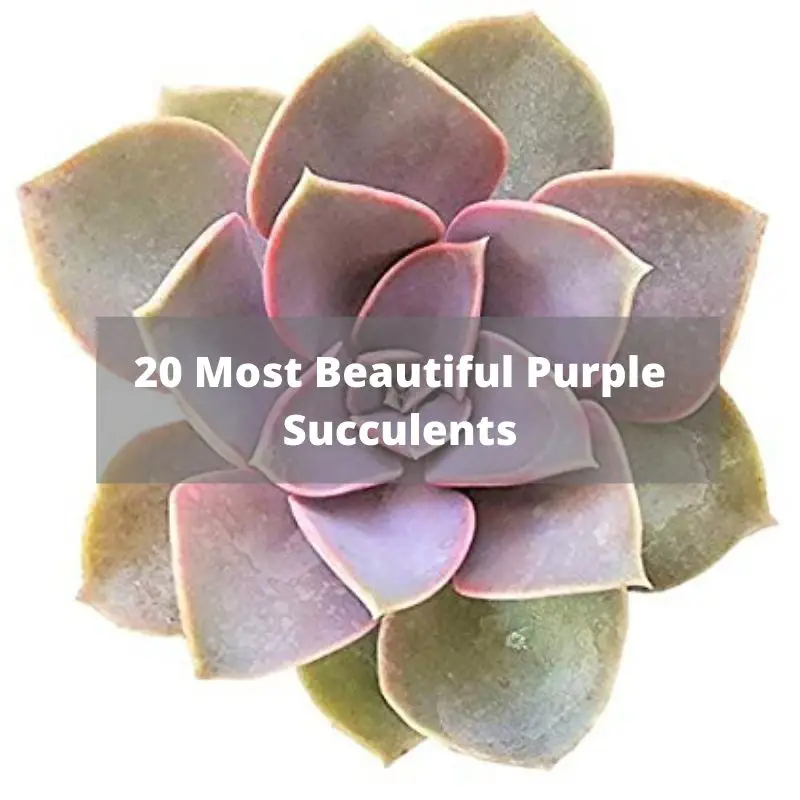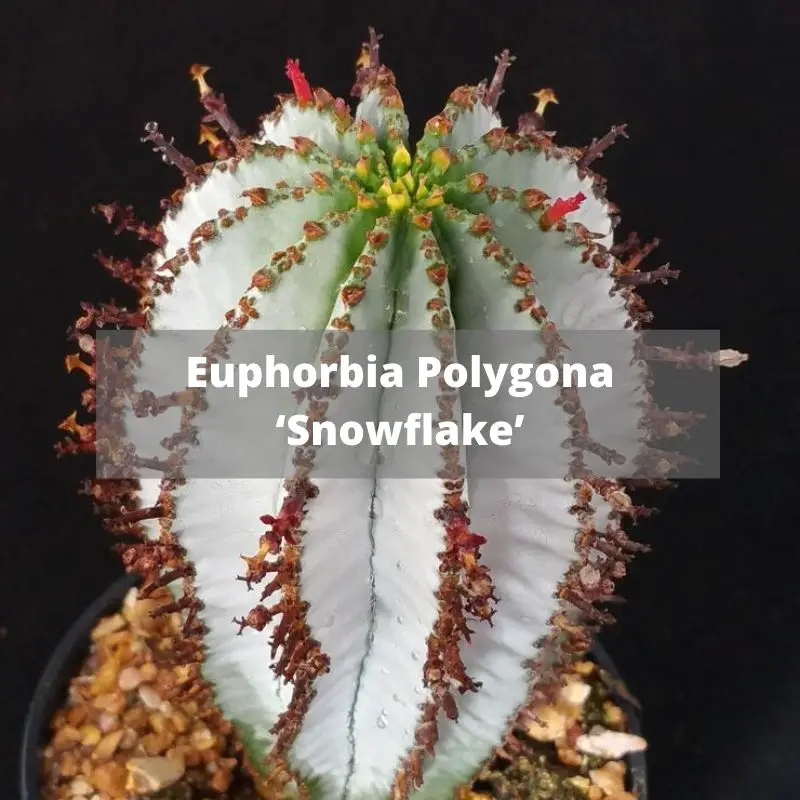
Picture via Llifle
Basic Info
Echinopsis Formosa is also commonly known as ‘Koko’. As the plant matures you can expect it to reach up to around 120 cm (48″) tall. When it blooms you can expect the flowers to be red or yellow. The ideal place for the cacti is outdoor although it can be grown indoor if cared for correctly.
Scientific Classification
Family: Cactaceae
Genus: Echinopsis
Care and Propagation Information
Watering
Echinopsis Formosa ‘Koko’ can be quite beautiful when it is well-taken care off. This succulent type needs typical watering as the other succulents. The watering method is very important to keep your Koko healthy. It should not sit on the water, and an excess amount of water should be avoided. The best way of watering is soak and dry method this succulent. Yet, the succulent should be controlled to avoid overwatering.
General Care for Echinopsis Formosa ‘Koko’
This succulent type is a beautiful one especially when it blooms, you will enjoy pink-orange flowers. It is a nice addition to your outside garden!
This page contains affiliate links.
sQuick Facts:
- Prefers full sun
- Can be grown outdoor
- Grows 90-120 cm (36-48″) tall
- Grows up to 90-120 cm (36-48″) wide
- Can die easily if overwatered see: How to Water Succulent Plants
- Does not handle cold well
- Prefers Zone 9b-11b -6.7 °C (20 F)
- Best propagated by seeds
- Flowers: red or yellow
Where to Plant
Echinopsis Formosa ‘Koko’ succulents need strong light. When planting this succulent type in a garden, make sure it gets sunlight. Full to partial sun is the best for its growth. It is better to grow outdoor rather than indoor.
This type of succulent prefers a warm climate. It can survive at zone 9a-11b which is around -6.7 °C (20 °F). If you live in a cold area, it is better to plant Koko in an indoor environment. As long as it gets enough sunlight, the plant will grow happily.
How to Propagate Echinopsis Formosa ‘Koko’
Koko can be propagated by seeds. This succulent type does not require repotting often. Of course, the first-time repotting is essential when it is bought from the store.
Like all the other succulent types, a well-drained soil mixture is essential. If you want to know about well-drained soil mixtures, check How to Prepare Well-drained Soil for Succulent Plants.
How to Propagate Echinopsis Formosa ‘Koko’ Using Seeds
This succulent type is a slow grower so even if it can be propagated by its seeds, this method is not recommended. To propagate from the seeds, plant the seeds in a well-draining soil mixture. This method can be used outdoors. In cooler areas, indoor propagating is recommended.
Origin and Habitat
Koko is native to around Cape Coral and Florida.






